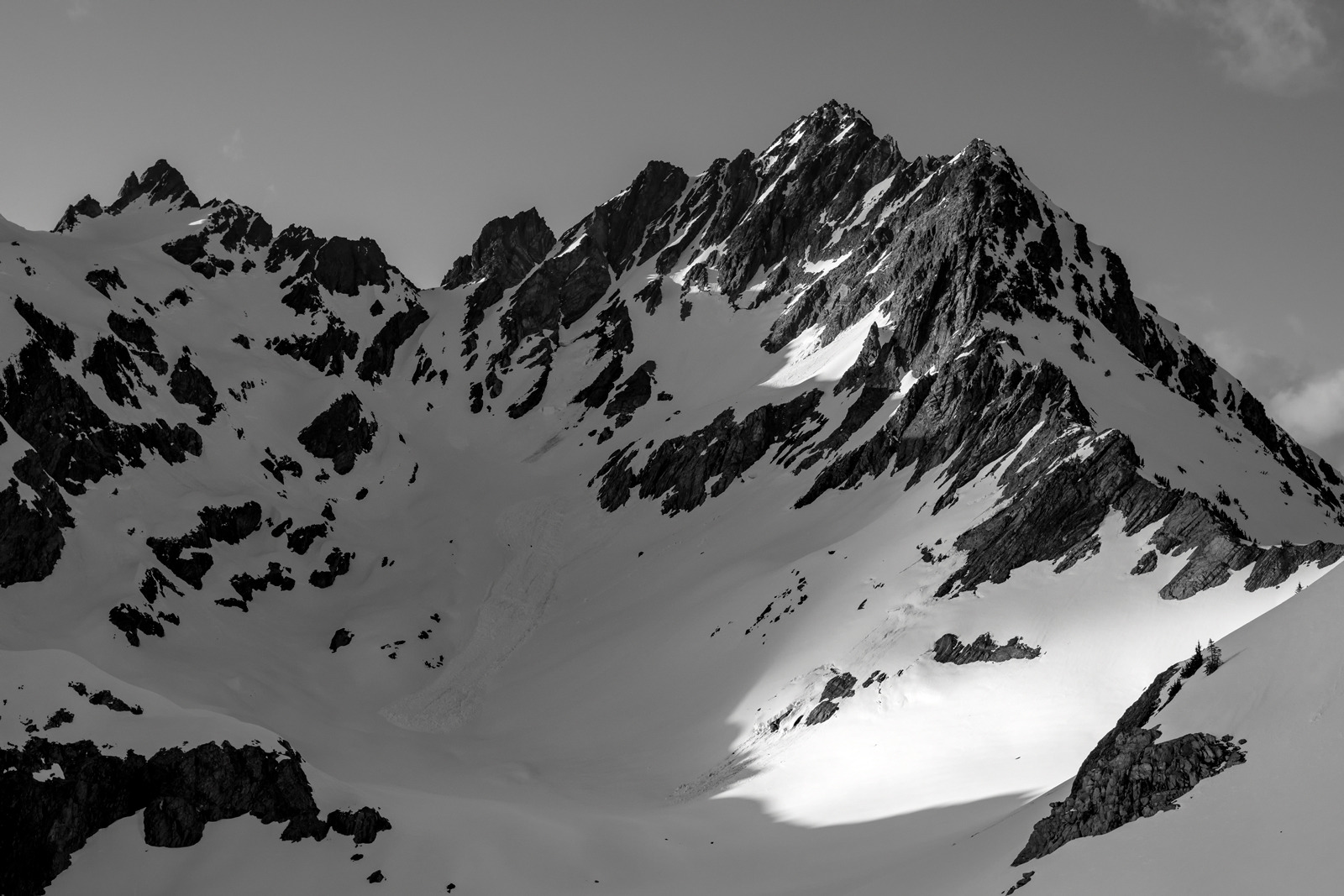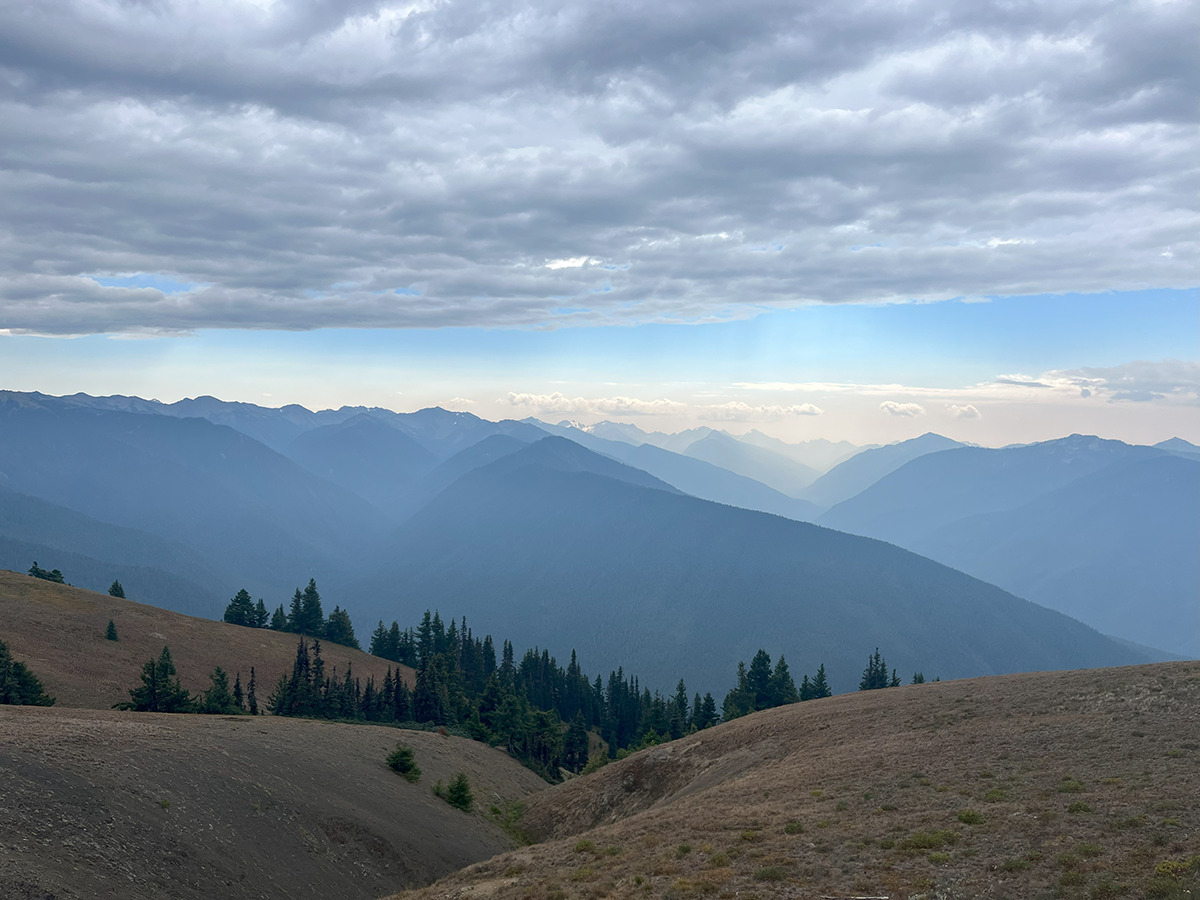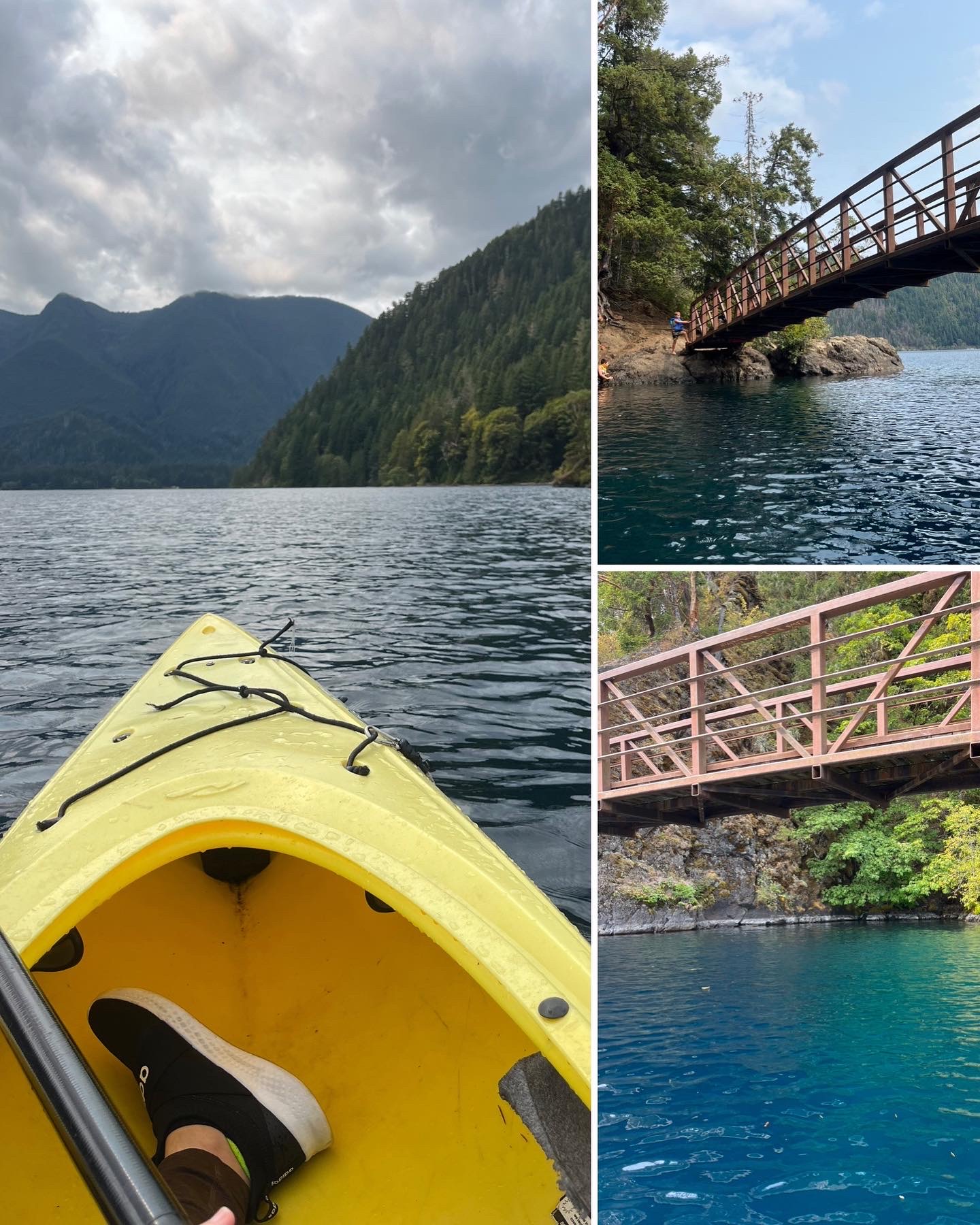Olympic National Park Residency

Over the summer, I joined a group of thirteen artists in Olympic National Park’s artist-in-residence program, and participated in a park-sponsored show Terminus.
Terminus is an artistic elegy, a river you could skate away on, a love poem to a changing planet. Between 1982 and 2009, the number of glaciers in the Olympic Mountains shrank from 266 to 184. We know that number will dwindle further as the climate continues to change. The goal of the Terminus project is to immortalize glaciers of the Olympic Mountains through art. Each selected artist has created an original work as a tribute to their assigned glacier. As these glaciers melt away, the works of art will live on as a reminder that they were meaningful, and are still meaningful.
Eliza Goode, Olympic National Park RANGER
The Olympic peninsula was where I had many transformative and memorable outdoor experiences. It is an incredible place with a huge array of biomes including beautiful coastlines, alpine mountains, and temperate rainforests. This rich and delicate ecosystem has come under threat due to climate change. It was an honor to participate in a project to raise public awareness of our natural treasures, but what the stakes are if not cared for.
Olympic National Park assigned me commemorate a glacier through art. I consulted my mountaineering friends on which glacier they thought was significant. The now extinct Anderson Glacier piqued my interest the most.


It was a prominent body of ice located on the western slopes of Mount Anderson in the Olympic Mountains. The glacier was the headwater for Quinault River, and served an important role in the ecosystem. But between 1927 and 2009, it had lost 90% of its mass. By 2011, Anderson Glacier was extinct.
In that moment I felt my heart sinking, thinking that the glacier that feeds the mighty Quinault River has now disappeared.
FAWN SHARPE, QUINAULT TRIBAL COUNCIL PRESIDENT
The Residency
I worked on my pieces for the residency and art show during the spring of 2023. I first created a watercolor painting entitled, “The Funeral.” It was later showcased in the Port Angeles Fine Arts Center during the summer.


During the onsite residency, myself and fellow artists gave public presentations about our topics and work. We travelled around to different ranger stations around the park between Port Angeles, Lake Crescent and Hoh Rainforest.


On our off hours, I would kayak around different parts of the peninsula. Sometimes our group would have activities together, like hiking with the rangers up Hurricane Ridge and getting a world class lecture from the park’s Chief Scientist.


Public Works
For our presentations, I wasn’t sure if I would have Wifi or electrical outlets in the middle of the rainforest. I designed two portable displays with information on the Terminus project, and Anderson Glacier.


I also wanted to create an interactive exhibit, so I made three diorama sculptures that shows different stages of Anderson Glacier’s death over the course of a century.
I recruited help from an old friend, Evan Watson, a cartographer. With his assistance, we were able to get an accurate 3D model of “Anderson Basin” (now glacierless).

I created this to reflect how Anderson Glacier looked in the 1920s, 1950s and 2011, when it became extinct. This particular piece was a success in conveying glacial death in a tactile way. It was really sobering to see children asking their parents questions while their fingers ran across the different models, drawing comparisons.
Reflections




